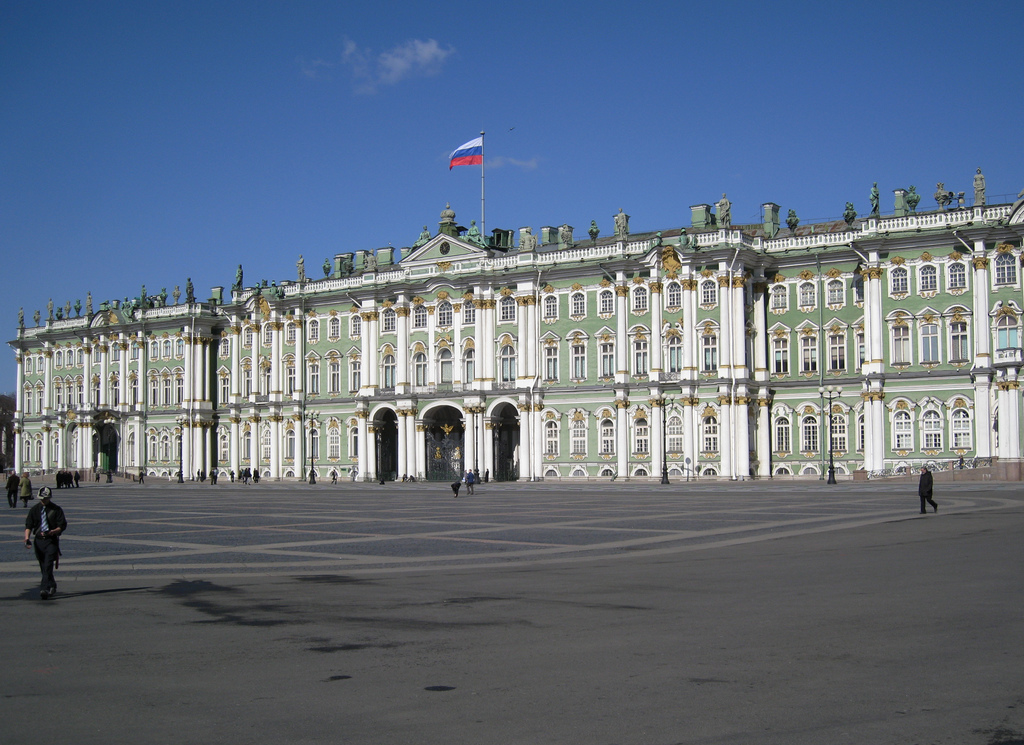Saint Petersburg

One of the world's most beautiful cities, St. Petersburg has all the ingredients for an unforgettable travel experience: high art, lavish architecture, wild nightlife, an extraordinary history and rich cultural traditions that have inspired and nurtured some of the modern world's greatest literature, music, and visual art.
Saint Petersburg is a city and a federal subject (a federal city) of Russia located on the Neva River at the head of the Gulf of Finland on the Baltic Sea. In 1914 the name of the city was changed to Petrograd , in 1924 to Leningrad and in 1991 back to Saint Petersburg.
Saint Petersburg was founded by Tsar Peter the Great on 27 [O.S. 16] May 1703. From 1713 to 1728 and from 1732 to 1918, Saint Petersburg was the Imperial capital of Russia. In 1918 the central government bodies moved from Saint Petersburg (then named Petrograd) to Moscow. It is Russia's second largest city after Moscow with almost 4.9 million inhabitants. Saint Petersburg is a major European cultural center, and also an important Russian port on the Baltic Sea.
Saint Petersburg is often described as the most Western (and most beautiful) city of Russia. Among cities of the world with over one million people, Saint Petersburg is the northernmost. The Historic Centre of Saint Petersburg and Related Groups of Monuments constitute a UNESCO World Heritage Site. Saint Petersburg is also home to The Hermitage, the largest art museum in the world. A large number of foreign consulates, international corporations, banks and other businesses are located in Saint Petersburg.
By Köppen climate classification Petersburg is classified as Dfb, a humid continental climate of the cool summer subtype. Distinct moderating influence of the Baltic Sea cyclones result in warm, humid and short summers and long, cold wet winters.
The average daily temperature in July is +22 °C (72 °F); maximum about +37 °C (99 °F) occurred during the 2010 Northern Hemisphere summer heat wave. A winter minimum of -35.9 °C (-32.6 °F) was recorded in 1883. The average annual temperature is +5.4 °C (41.72 °F). The Neva River within the city limits usually freezes up in November–December and break-up occurs in April. From December to March there are 123 days average with snow cover, which reaches the average of 24 centimeters (9.4 in) by February. The frost-free period in the city lasts on average for about 135 days. The city has a climate slightly warmer than its suburbs. Weather conditions are quite variable all year round.
Average annual precipitation varies across the city, averaging 600 millimeters (24 in) per year and reaching maximum in late summer. Soil moisture is almost always high because of lower evapotranspiration due to the cool climate. Air humidity is 78% on average, while overcast is 165 days a year on average.